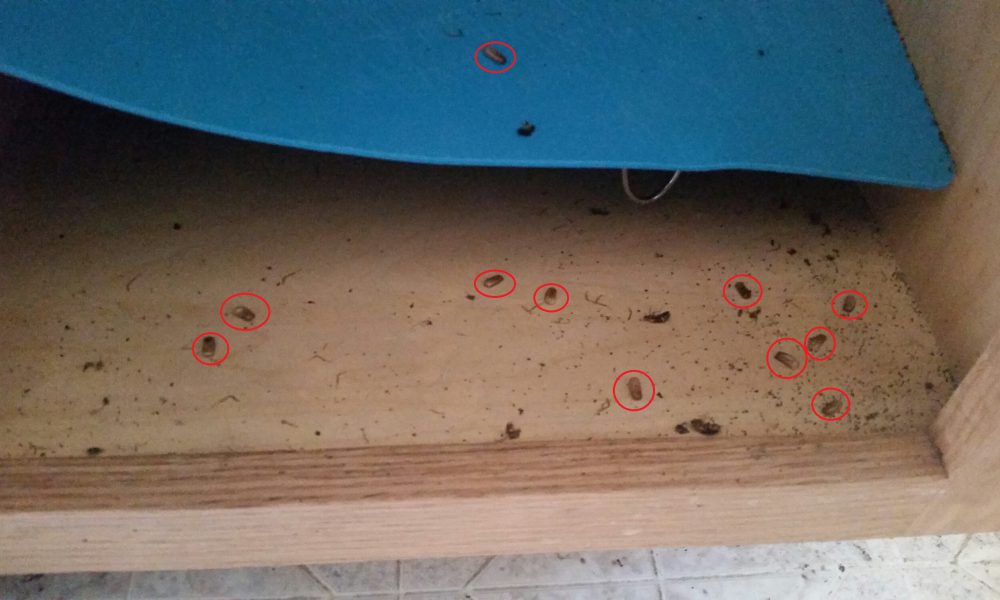
If you have ever had a problem with german roaches, or any other roaches, you have probably wondered how they can possibly multiply and spread so quickly. One of the main reasons is that, when a roach, such as a german roach, has babies, it doesn’t lay a single egg, but rather an ootheca containing up to dozens of eggs.
An ootheca is an egg capsule, and is produced by several different groups of insects. An ootheca is usually about the size of a small bean. An ootheca can contain anywhere from a couple dozen eggs, up to several hundred eggs if it is the ootheca of a praying mantids.
Let’s say we are doing a pest inspection in a home for german roaches. Things that we look for include lived roaches, dead roaches, the exo-skeletons or sheds of roaches, fecal matter, and ootheca’s. Ootheca’s are normally sticky, which allows the insect / roach to stick the ootheca pretty much anywhere it wants, making them harder to detect. They can be found inside drawers and cabinets, or because of their stickiness, can even be stuck to the underside of cabinets, where they will remain until the ootheca splits open, and the eggs hatch.
If you find an ootheca in your home, you should be able to easily determine if the babies have hatched yet or not. If the ootheca is split down the middle, the babies have already hatched and exited. If the ootheca is still intact, remove it and take it outside. If you don’t take it outside, and you just throw it away in your inside trash can, you run the risk of the ootheca hatching, and dozens or hundreds of insects infesting your home.